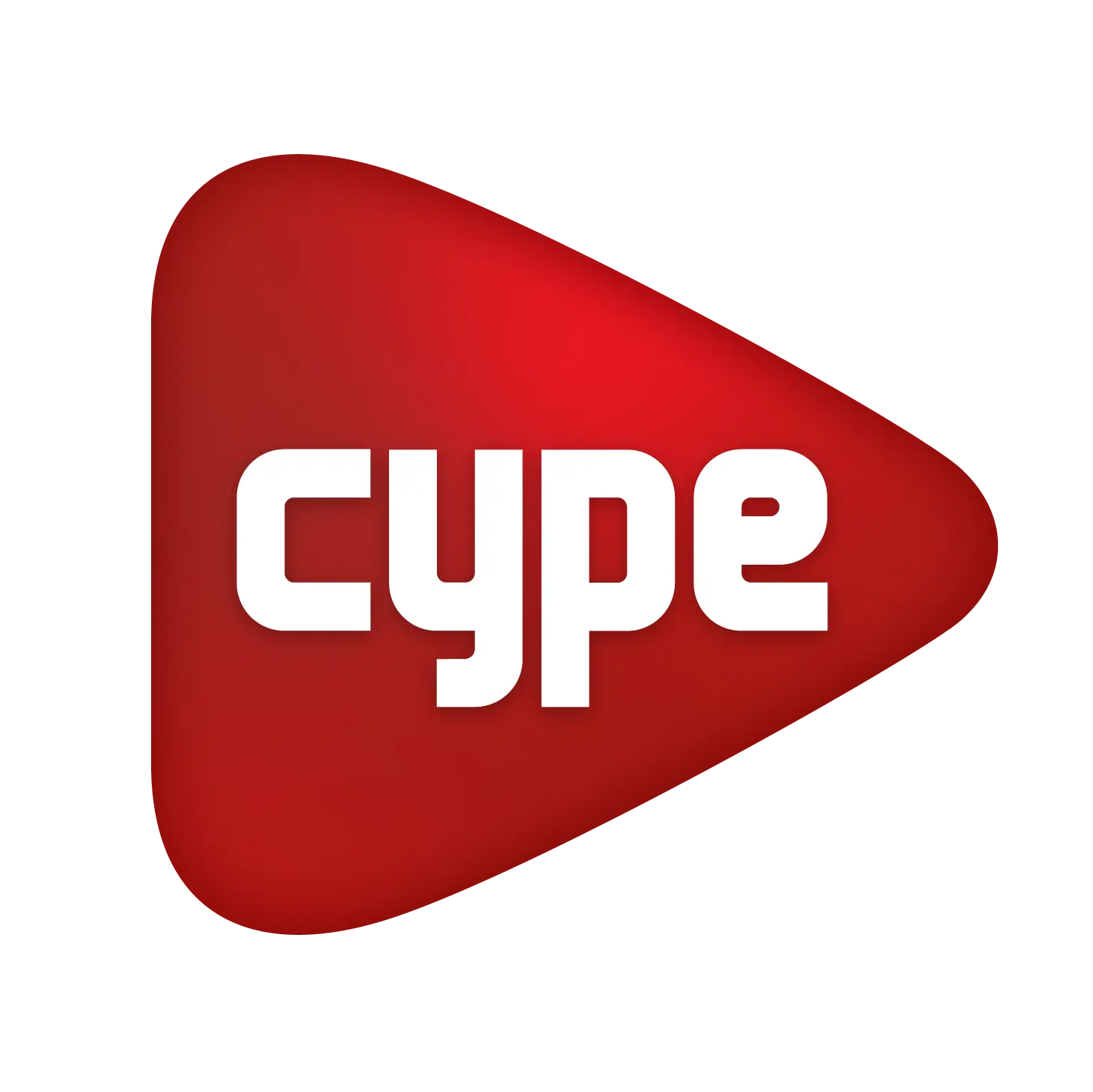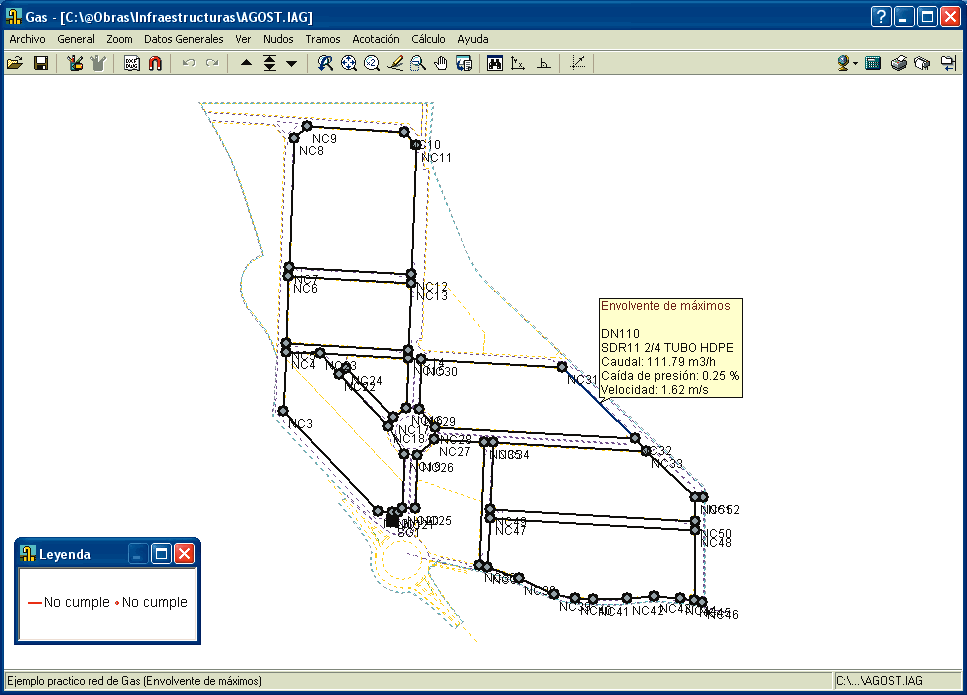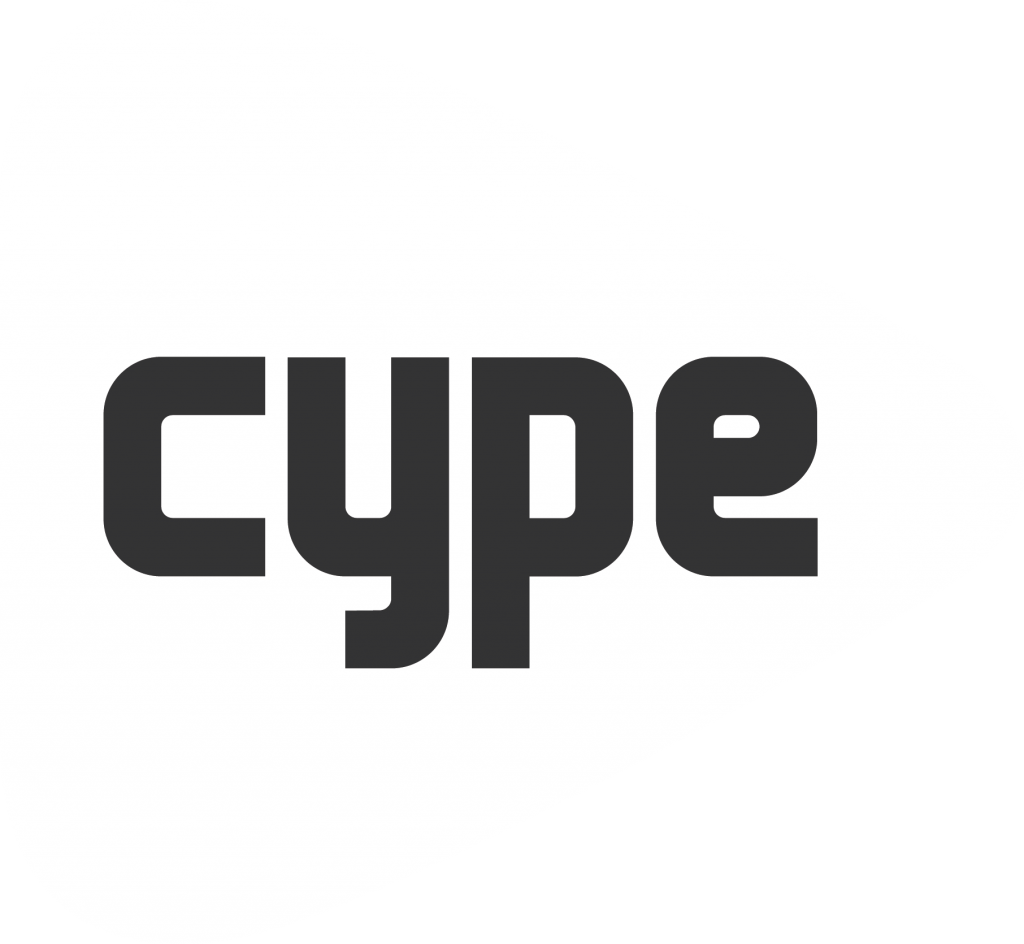Program properties
The consumption can be entered as flow or as heat power to be installed at the node. In installations with combustible gases, the consumption at a node can be expressed as heat power. However, for industrial consumption or large commercial areas, the total consumption will be calculated as the direct sum of the consumptions of the appliances.
The installation is designed according to the types of pipes, diameters, required flows (or heat power) and supply pressures. The drops in pressure are calculated using the Renouard formula. The minimum pressure and the maximum velocity are limited.
Topographic terrain models can be read in IFC4 format, if the project is connected to a BIM model located in BIMserver.center that contains the IFC4 file with the terrain data defined in an entity such as "IfcGeographicElement”.
Project documents
In addition to the results that can be viewed on-screen (node analysis data and span analysis data with results by loadcase, combination or envelope), the program generates the project documents detailed below (reports and drawings). These documents can be printed from the program, exported in various formats and exported to the BIM model hosted on the BIMserver.center platform if the projectshas been connected to a BIM model.
Reports
- Design report
Description of the gas network and materials used, description of the terrain, formulas, combinations, list of nodes, list of spans, envelope, quantities and excavation quantities. - Node results
Node numbering, coordinates, installed flow, demanded flow, piezometric height and available pressure. - Span results
Length, diameter, installed flow, demanded flow, flow, velocity and losses.
Drawings
- Installation drawings
- Quantity tables
- Excavation tables
- Information on results by loadcase, combination and envelopes for:
- Nodes: flow (power), supply pressure, elevation, ground elevation, node pressure.
- Spans: dimension, material, flow, pressure drop and velocity.
Commercialisation of urban infrastructure programs
The urban infrastructure programs are commercialised in two ways:
- Urban infrastructures
- Urban infrastructures LT
Includes the same tools and same operation as the complete version, but the maximum number of nodes that can be introduced is limited to 50.




